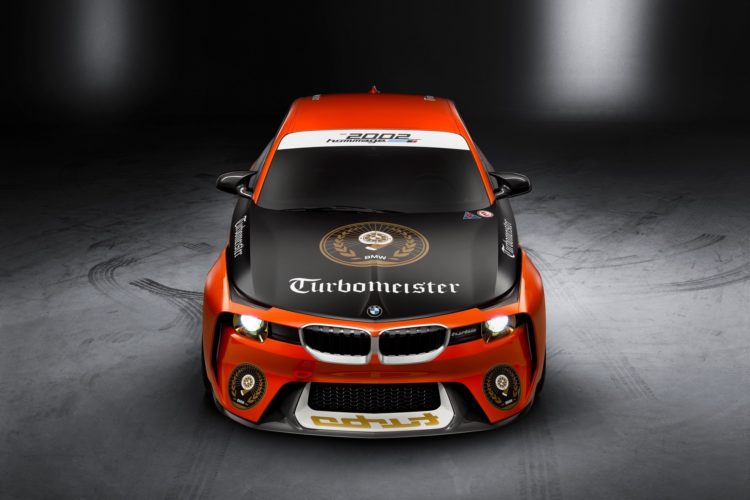Munich/Washington, DC. – July 29, 2011… The BMW Group is in agreement with the direction outlined today by President Obama and his Administration on proposed new fuel economy standards for the period 2017 – 2025. The proposal is a result of extensive negotiations between the Environmental Protection Agency (EPA), the Department of Transportation’s National Highway Traffic Safety Administration (NHTSA) and the California Air Resources Board (CARB) and will result in one national standard for regulating future greenhouse gas emissions and fuel economy.
Josef Kerscher, President, BMW Manufacturing:
“Regulatory consistency is critical to synchronize product development with government rules. This way, companies have the time necessary to develop technologies that fulfill the requirements while remaining profitable and sustainable. The path from 2017 to 2021 is now clearly marked and we are ready for the challenge.”
The BMW Group supports the approach the US Government has taken, integrating the potential of numerous technologies to play a role in reducing GHG emissions, thus providing flexibility to achieve the ambitious targets that have been proposed. All implications of the upcoming regulation can be assessed only when all the details of the regulatory framework are finalized.
The BMW Group can build upon its extensive technological expertise and innovative know-how in developing new environmentally friendly technologies such as those that have already enabled the company to reduce its carbon output and increase fuel efficiency over the past several years.
In Europe, the BMW Group has achieved a CO2 reduction of 30% between 1995 and 2010. That reduction is the largest among premium auto manufacturer. Such achievements have enabled the BMW Group to be ranked as the most sustainable automotive company in the world for the past six consecutive years in the Dow Jones Sustainability Indexes.
The BMW Group has achieved these impressive results through its longstanding EfficientDynamics principles. EfficientDynamics applies to every model within the company’s worldwide fleet. Since 1995, EfficientDynamics has introduced many industry-leading technologies such as Valvetronic throttle-less engine control, on-demand coolant and hydraulic pumps for reduced parasitic losses, and High-Precision Direct Injection. In 2009, BMW added two 50-state BMW Advanced Diesel models for an unprecedented combination of performance and low emissions. In some 2010 and 2011 models, BMW introduced Brake Energy Regeneration, Auto Start-Stop technology and two BMW ActiveHybrid models. This fall, BMW will introduce a new generation four-cylinder engine to the US market in several models. This innovative engine promises to increase performance over the six-cylinder engine it replaces while reducing CO2 and fuel consumption by 20%.
In addition to these efforts, the BMW Group has completed a two year consumer test with 450 electric MINI E vehicles both on the East and West coast of the US in order to gain valuable insight and experience for the next steps in electric mobility. Coincidently, earlier today in Frankfurt, BMW unveiled concepts of the BMW i3 and i8 that will start series production in 2013 and 2014 under the new BMW i brand. This clearly demonstrates that electric mobility will be an integral part of the BMW Group’s drive towards of the CO2 reduction strategy and will help the US Government in its commitment towards a cleaner environment.





































































